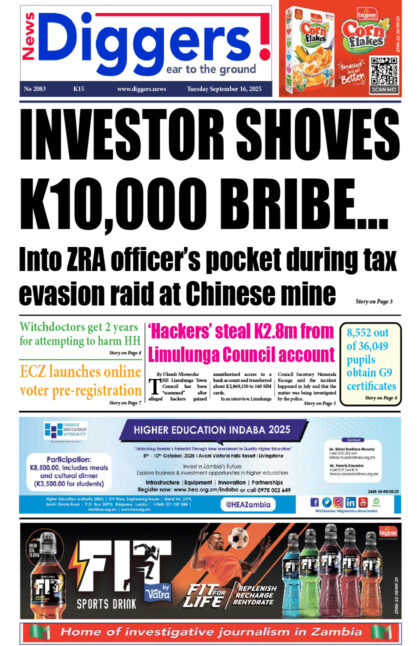The Bank of Zambia unexpectedly cut its key lending rate for the fifth consecutive time to the lowest in four years as inflation and economic expansion slowed.
The bank lowered the rate by 50 basis points to 9.75 percent, Governor Denny Kalyalya told reporters Wednesday in Lusaka, the capital. The central bank also reduced the statutory reserve ratio for commercial lenders to 5 percent from 8 percent, he said. International reserves rose to $2.1 billion at the end of December from $2 billion in October.
Analysts including Johannesburg-Based Rand Merchant Bank’s Neville Mandimika had expected the bank to maintain the monetary
policy rate as inflation bottoms and amid uncertainty over an IMF program.
“Zambia’s local currency bonds are losing favor with international investors as they reassess the economic outlook without IMF support,” he said in an emailed note Wednesday before the announcement. “The weaker kwacha will feed through into inflation, making it more difficult for the bank to cut rates further.”
Annual consumer price growth in Zambia slowed to 6.1 percent in December, the lowest level in 6 years, and was 6.2 percent last month. The economy of Africa’s second-biggest copper producer expanded by 3.3 percent in the third quarter last year, according to preliminary data from the statistics agency.
Zambia’s economy is rebounding after growth in 2016 fell to the lowest since the start of the millennium. The government is struggling a budget deficit that exceeds 5 percent of gross domestic product and is seeking $1.3 billion in balance of payments support from the International Monetary Fund. Last week, the Washington-based lender said it rejected Zambia’s borrowing plans for the second time, dealing a blow to the country’s hopes of securing a program. Bloomberg
























